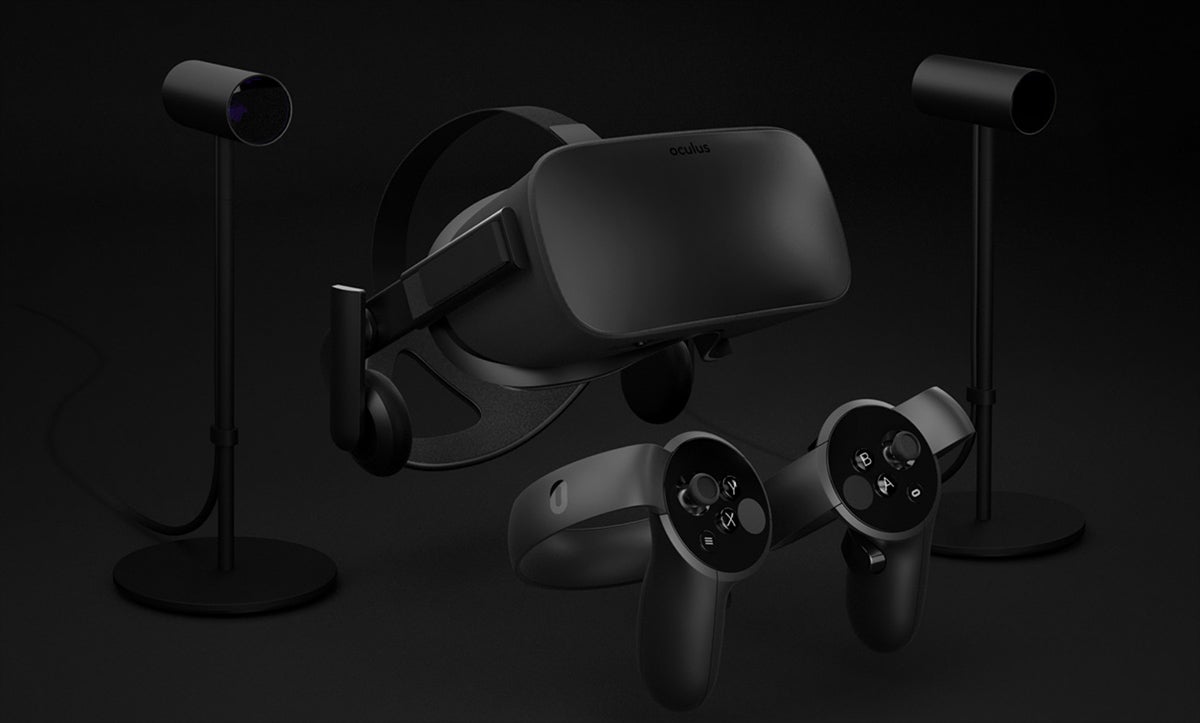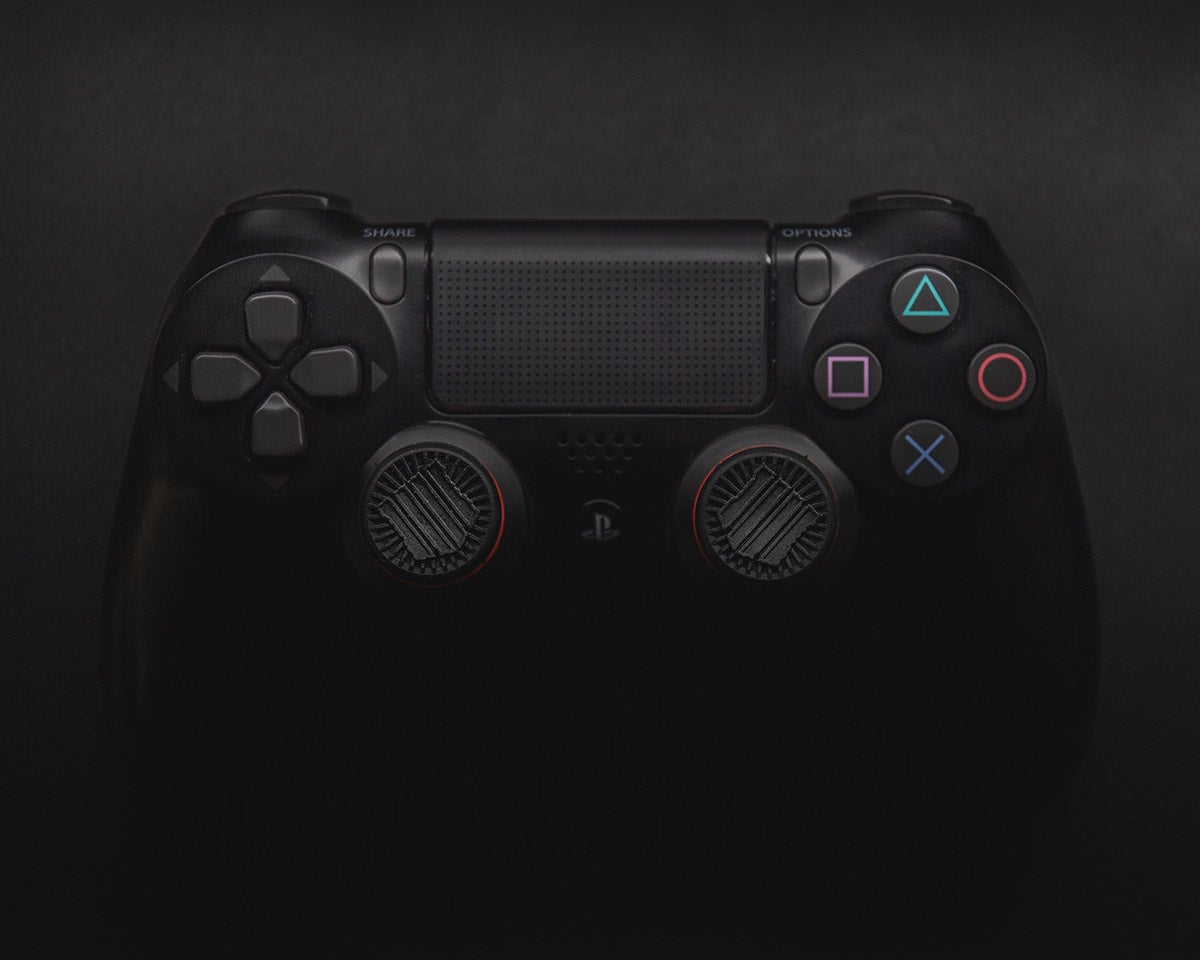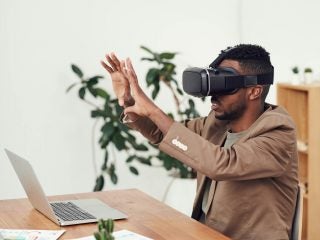It’s not just for games you know! Oculus Rift is one of the most dynamic and revolutionary pieces of entertainment technology for years. Aside from gaming it’s also used for a number of other ends – take a look.
-
Therapy for Stroke Victims and Amputees
Virtual reality systems may have the potential to eventually help the people that have lost limbs and who experience painful sensations referred to as phantom limb pain. According to a study detailed in the journal Frontiers in Neuroscience last month, a man who was missing an arm reported a significant pain reduction after being part of an experimental treatment whereby muscle signals from the end of his arm were able to control a virtual limb. The study used a computer screen rather than virtual reality goggles, which tend to be more immersive. However, another group of other researchers in Vienna have experimented with using the Oculus Rift for examining the potential of such a system in helping amputees learn how to use new prosthetic limbs, which can be a frustrating process at times.
Virtual reality also has the potential to help the people that might have lost function in one arm after suffering a stroke. A study conducted in 2011 revealed that stroke sufferers were more likely to increase their arm strength after playing virtual games compared to undergoing a standard physical therapy course.
-
Controlling Robots on Mars
Recently, researchers at NASA’s Jet Propulsion Lab unveiled a device that lets the operator use the Oculus Rift to see via the eyes of a robot avatar. The system even includes Xbox One’s Kinect 2 motion-sensing software that picks up the gestures of the operator to move the arm of the robot. It is not much of a stretch to picture the day when such a system might be used by humans on earth to control robots located distant planets away such as on Mars. Oculus Rift goggles are currently used for virtual Mars tours. Paired with the Virtuix Omni Treadmill, the Oculus Rift allowed the researchers at NASA’s Jet Propulsion Lab located in Pasadena, California to take simulated strolls on Mars using a 3D environment that was stitched together from images captured by Curiosity the Mars rover.
-
Seeing Inside the Body
Doctors and scientists alike could have an unprecedented view of the inner operations of the human body courtesy of virtual simulations. Computational neuroscientists demonstrated a “glass brain” at the South by Southwest Interactive festival in Austin Texas in March 2014.
On March 10, 2014, the creator of the game Second Life, Philip Rosedale, and a neuroscientist at the University of California San Francisco, Adam Gazzaley, demonstrated their “glass brain” at the South by Southwest (SXSW) Interactive festival.
By wearing a set of Oculus Rift goggles, users were able to see in real time the brain activity of a person wearing a cap with electroencephalogram (EEG) electrode studs attached to the head. Festival attendees are able to see the interior of Rosedale’s wife’s brain on a projector screen in real time.
Computer scientists have even been able to create a virtual reality simulator capable of modeling childbirth in 3D, while considering the unique anatomy of the patient, the baby’s position, as well as the forces exerted by the doctor, abdominal muscles, and even the cervix. Such simulations have the potential to help physicians better navigate difficult pregnancies as well as prepare for risky births, according to researchers that presented their findings at a conference on Bioengineering and E-Health recently held in Romania.
-
Treating Post Traumatic Stress Disorder (PTSD)
People that have served in the military who suffer from chronic combat-related Post Traumatic Stress Disorder are likely to benefit from therapy sessions that involve virtual simulations of the battlefield. Soldiers were able to experience significant reductions in their PTSD symptoms after using a virtual reality headset that helped them control as well as tolerate simulated fears and memories in environments such as Afghanistan and Iraq. According to a study contained in the journal Cyberpsychology, Behavior, and Social Networking.
-
Military Training
A good number of soldiers today have experience with virtual reality simulations prior to ever getting deployed. The United States Army actually uses game-like simulations like “Virtual Battlespace 2” as well as noncommercial versions of “America’s Army” for training and educating service members and preparing them for the mental horrors of war. The U.S. Army uses a program known as the Dismounted Soldier Training System that involves using a helmet mounted on a headset with virtual reality goggles capable of replicating realistic environments in situations where mock villages and replica structures are simply not good enough.
-
Viewing Experience
If you want to enhance your viewing experience with VR technology, then Oculus is the prime piece of technology for that. Everyone from movie studios, to the likes of Sky Sports is coming on-board, in fact there is even Oculus VR porn available. It’s an incredibly dynamic platform and one that is allowing people the chance to take their viewing experiences to seriously amazing new levels.
featured Image courtesy of oculus.com

















